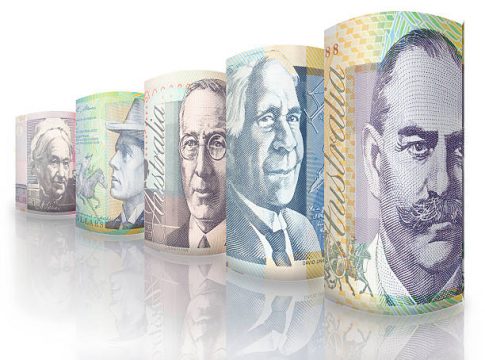 Commodity currencies, including Australian, New Zealand, and Canadian Dollars, are trading broadly higher in today’s Asian session, buoyed by continued recovery in global stock markets. Sterling is also advancing alongside, supported by improving risk sentiment. Meanwhile, traditional safe havens like the Swiss Franc, Japanese Yen, are on the back, along with the greenback foot. Swiss Franc is particularly soft, pulling back after recent strong gains. Euro remains directionless in the middle of the pack, showing little inclination to break out against Dollar yet. Commodity currencies, including Australian, New Zealand, and Canadian Dollars, are trading broadly higher in today’s Asian session, buoyed by continued recovery in global stock markets. Sterling is also advancing alongside, supported by improving risk sentiment. Meanwhile, traditional safe havens like the Swiss Franc, Japanese Yen, are on the back, along with the greenback foot. Swiss Franc is particularly soft, pulling back after recent strong gains. Euro remains directionless in the middle of the pack, showing little inclination to break out against Dollar yet. In RBA's minutes policymakers explicitly citing China’s response as a pivotal factor shaping Australia’s economic outlook and, by extension, future rate decisions. Given that China remains the only major economy actively retaliating against US tariffs, the fallout from a protracted trade war could be particularly impactful for Australia. While some analysts read the RBA’s language as a signal that a rate cut may come as soon as May, the actual odds remain more evenly balanced than market consensus might suggest. Tomorrow’s Australian employment report could help clarify the picture, at least a little bit. Fed Governor Christopher Waller’s speech is worth a read. It offered a structured view of the unfolding US tariff regime. Waller outlined two potential paths: one focused on reshoring manufacturing and reducing trade dependency—implying a prolonged period of elevated tariffs. The other, a route aimed at leveraging tariffs to negotiate lower trade barriers from other countries. The ultimate outcome hinges on the political objectives of the Trump administration. But in reality, the likely result may lie somewhere between those extremes.... |
